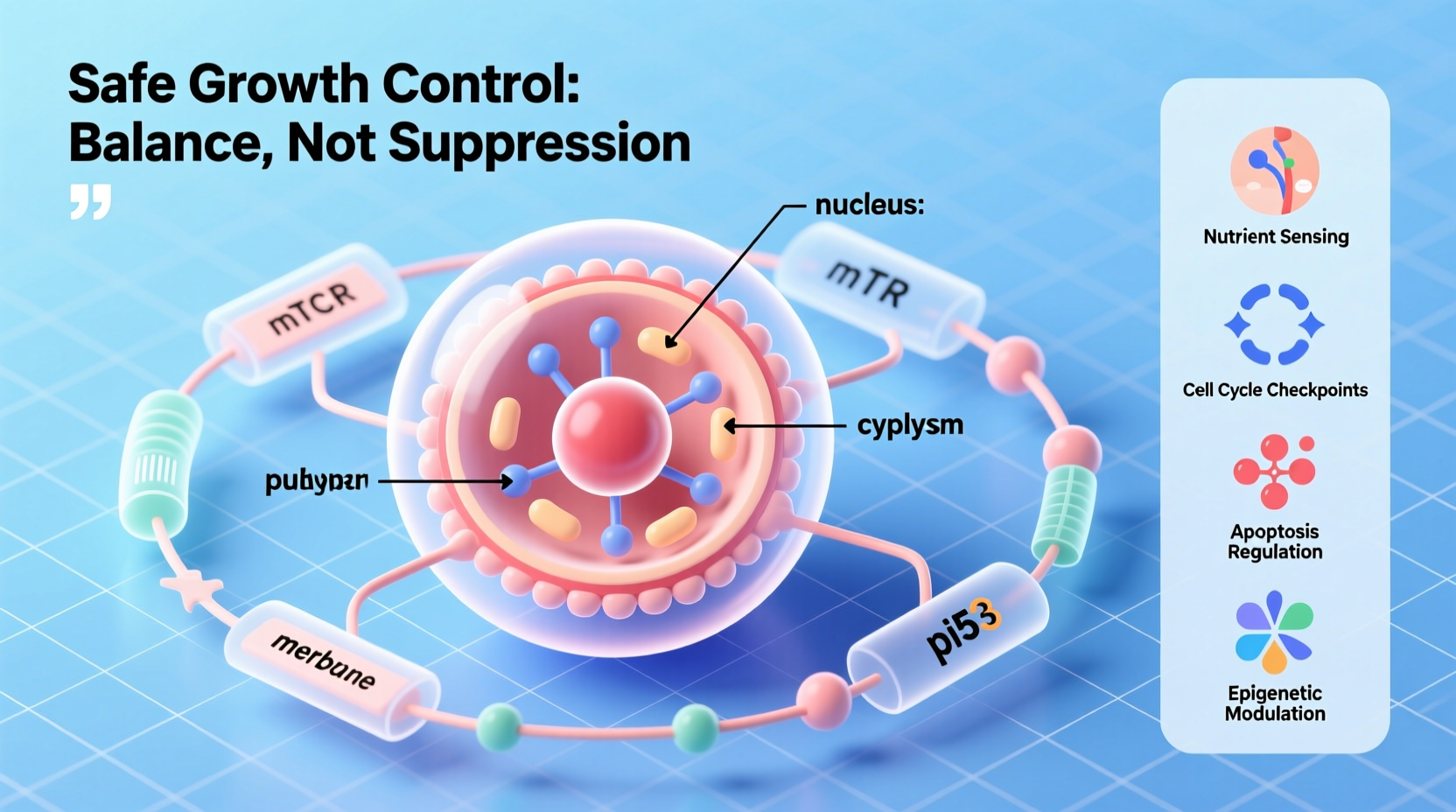Growth is a fundamental biological process, especially critical during childhood and adolescence. While natural growth follows a genetically influenced trajectory, there are instances where intervention—either to support, delay, or regulate development—is necessary. Whether due to medical conditions, psychological concerns, or social factors, managing growth requires a balanced, evidence-based approach. Understanding when and how to intervene safely ensures long-term health and well-being.
Understanding the Science of Growth

Human growth is regulated by a complex interplay of genetics, hormones, nutrition, and environmental factors. The pituitary gland releases growth hormone (GH), which stimulates tissue growth, particularly in bones and muscles. Puberty introduces additional hormonal shifts through the activation of the hypothalamic-pituitary-gonadal axis, leading to rapid physical changes.
In typical development, growth velocity peaks during infancy and again at puberty. Deviations from expected patterns—such as significantly delayed or accelerated growth—can signal underlying issues. Conditions like growth hormone deficiency, precocious puberty, or genetic syndromes such as Turner or Marfan syndrome may require clinical attention.
“Growth isn’t just about height—it’s a vital sign of overall health.” — Dr. Lena Patel, Pediatric Endocrinologist, Boston Children’s Hospital
When Growth Control Becomes Necessary
Growth control does not imply suppression for cosmetic reasons. Rather, it refers to medically guided interventions aimed at optimizing health outcomes. These include:
- Treating growth hormone deficiencies with recombinant GH therapy.
- Delaying early puberty using GnRH analogs to preserve adult height potential.
- Managing overgrowth syndromes where excessive stature poses functional or health risks.
- Addressing psychosocial stressors in transgender youth where puberty blockers provide time for decision-making.
The goal is never to alter growth arbitrarily, but to align physical development with emotional readiness, medical necessity, and quality of life.
Safe Medical Interventions and Their Applications
Medical approaches to growth control are highly individualized and require thorough diagnostic assessment before initiation. Below are common therapies and their appropriate use cases:
| Intervention | Purpose | Typical Candidates | Monitoring Required |
|---|---|---|---|
| Growth Hormone Therapy | Stimulate growth in deficient individuals | Children with GH deficiency, chronic kidney disease, Turner syndrome | Regular IGF-1 levels, bone age X-rays, glucose monitoring |
| GnRH Analogues (Puberty Blockers) | Pause progression of early puberty | Children with central precocious puberty, gender-diverse youth | Hormone panels, bone density, psychological evaluations |
| Oxandrolone (Anabolic Steroid) | Improve final height in certain conditions | Turner syndrome, burn recovery | Liver function tests, lipid profiles |
| Estrogen/Androgen Suppression | Modulate growth plate fusion | Rare overgrowth disorders | Bone age, endocrine function |
These treatments must be administered under strict supervision. For example, growth hormone therapy, while beneficial, carries risks such as insulin resistance or scoliosis progression if misused. Similarly, puberty blockers are reversible but should not be used without multidisciplinary input including endocrinology, psychology, and family counseling.
A Real-World Example: Managing Precocious Puberty
Sophia, a 6-year-old girl, began developing breast tissue and grew rapidly—adding nearly 4 inches in one year. Her pediatrician referred her to an endocrinologist, where testing confirmed central precocious puberty. Without treatment, Sophia’s growth plates would fuse early, limiting her adult height to under 5 feet.
She started monthly injections of a GnRH analog. Over two years, her pubertal progression paused, allowing her to grow at a more controlled rate. At age 10, therapy was discontinued, and she entered natural puberty. By age 16, she reached a healthy adult height of 5'4\", within her genetic potential. Regular monitoring ensured no adverse effects on bone or metabolic health.
Non-Medical Strategies for Supporting Healthy Growth
Not all growth management involves medication. Lifestyle and environmental factors play a foundational role in ensuring optimal development:
- Nutrition: Adequate protein, calcium, vitamin D, and zinc are essential for bone and muscle growth. Chronic malnutrition can permanently stunt development.
- Sleep: Growth hormone is primarily secreted during deep sleep. Children and teens need 8–10 hours nightly for peak production.
- Physical Activity: Weight-bearing exercise stimulates bone density and supports hormonal balance.
- Stress Management: Chronic stress elevates cortisol, which can suppress growth hormone release.
- Environmental Toxins: Exposure to endocrine disruptors (e.g., BPA, phthalates) may interfere with hormonal regulation.
Growth Monitoring Checklist
Parents and caregivers can take proactive steps to ensure healthy development:
- Plot height and weight on growth charts every 6 months.
- Watch for signs of early puberty (before age 8 in girls, 9 in boys).
- Ensure daily intake of dairy, leafy greens, and lean proteins.
- Promote consistent sleep schedules.
- Limit processed foods and sugary drinks.
- Seek evaluation if growth velocity drops below 2 inches per year in school-aged children.
- Discuss family history of growth disorders with your pediatrician.
Frequently Asked Questions
Is growth hormone therapy safe for healthy short children?
No. Growth hormone therapy is not approved for enhancing stature in otherwise healthy, non-deficient children. Risks outweigh benefits in these cases, and ethical guidelines discourage its use for cosmetic purposes.
Can diet alone increase a child’s final height?
Diet cannot override genetic potential, but poor nutrition can prevent a child from reaching their full height. A balanced diet ensures that genetic growth potential is fully expressed.
Are puberty blockers permanent?
No. GnRH analogs are fully reversible. If discontinued, puberty resumes naturally. They are used to buy time—not to make permanent changes—especially in cases involving gender identity exploration or medical conditions.
Conclusion: A Balanced Approach to Growth
Managing growth is not about controlling nature, but guiding it with wisdom and care. Whether through medical intervention or lifestyle support, the aim is to foster health, dignity, and long-term well-being. Decisions should always be rooted in clinical evidence, personalized assessment, and compassion.
Parents, caregivers, and healthcare providers play crucial roles in monitoring development and knowing when to seek help. Early detection and informed action can transform outcomes for children facing growth-related challenges.









 浙公网安备
33010002000092号
浙公网安备
33010002000092号 浙B2-20120091-4
浙B2-20120091-4
Comments
No comments yet. Why don't you start the discussion?